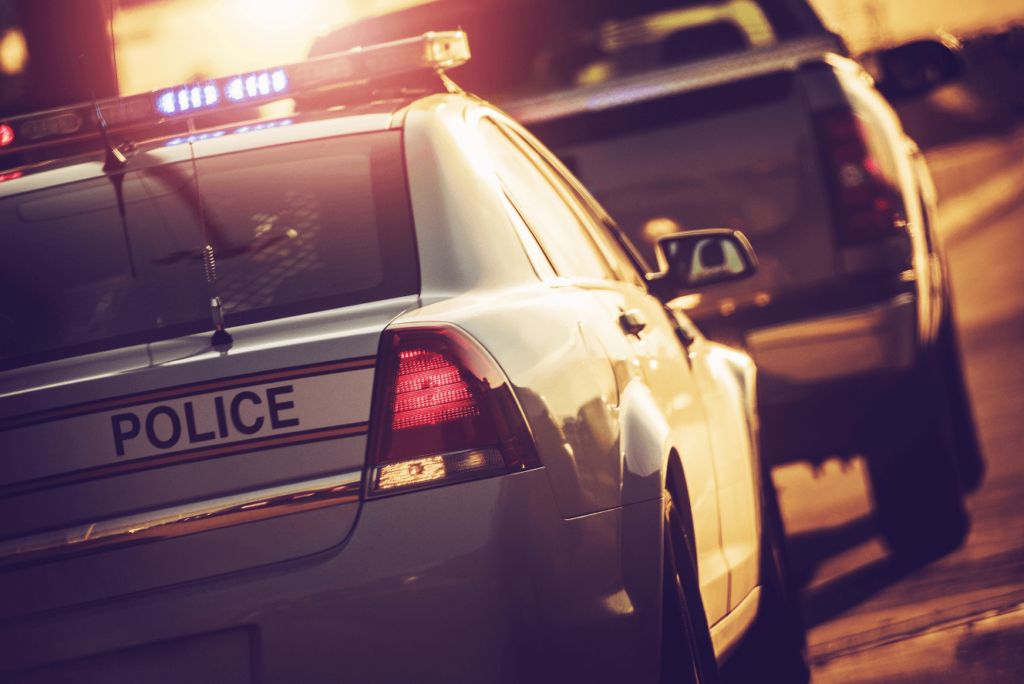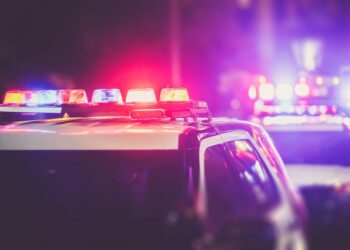Long before COVID-19, government-imposed restrictions, abuses of police authority, business shutdowns and quarantine, there was distrust and doubt in authority and our government. It is a tale as old as time but can the environment of today bring forth the changes our society demands?
Today, in 2020, we regularly see doubt or distrust in two areas: the government/authority and science. Whether it be the violation of rights by members of police departments across the country or the protests of mask wearing and business shutdowns; it is apparent that we are no longer accepting of the answers we are provided. Arguably, it appears that we are finally demanding more.
As a wide-eyed assistant public defender, just beginning my career, learning on your feet was a mode of survival. The endless amounts of cases, clients, issues, court appearances and trials provided unique opportunities to not only hone my craft, but also learn as much as possible about the other participants in the criminal justice system. After a few years, the techniques of prosecutors, opinions of judges, reputations of police officers and dynamics of police departments became more apparent.
It was not a secret that some officers took things a little too far, or embellished “minor” details in their written reports, or even that some officers misremembered facts while on the stand. However, more often than not, these discrepancies and the testimonial evidence of the officer were seldom challenged. Even in situations where other evidence arguably contradicted the officer’s testimony, I observed counseled defendants stand before the court and enter pleas of guilty.
The first few times I observed this phenomenon, I admit, I was shocked. That can’t be right? What am I missing? I wondered time and time again until this became just another common sight in my daily routine. Before long, I was hearing other attorneys mumble the same familiar words of many clients, “who are they going to believe, the defendant or the police?”
As I continued my career in private practice, I found there is only one correct answer: You don’t know until you ask.
Why then are so many attorneys forgoing the opportunity to ask questions?
Many attorneys, myself included, base our courtroom strategies on past courtroom experiences. Focusing on those that brought success and burying those that did not. I buried many strategies before finding success through education and hands-on experience. Not knowing what questions to ask or how to ask those questions is often the difference between a reduced/dismissed charge and a conviction.
In OVI / DUI cases, the officer usually testifies as to traffic violations, OVI detection and field sobriety testing. While at the Police Academy, officers receive hands-on training for DWI Detection & Standardized Field Sobriety Testing (SFST) recognized by the National Highway Traffic Safety Administration (NHTSA). This training, largely taught by other officers, is based on research that is extremely dated. There have been no new developments in field sobriety testing over the past 25 years and the same three-prong test of the Horizontal Gaze Nystagmus (HGN), One Leg Stand and Walk and Turn continue to dominate drunk driving investigation. Thus, the key to combating the officer’s observations or “results” is the knowledge of the proper administration and scoring of these field sobriety exercises.
Completing the 24-hour course recognized by NHTSA as well as the DWI Detection & SFST Instructor Development Course has armed me with the necessary tools to know what questions to ask and how to ask them. Field Sobriety Testing must be conducted in the same fashion, in accordance with NHTSA Guidelines, every time in order for the results to be relied upon as a potential indicator of impairment. Even minor deviations from NHTSA Guidelines can call into question the validity of the results offered by the officer in their report.
For example, during administration of the HGN, the officer instructs the suspect to follow a stimulus (usually a pen or finger) with the suspect’s eyes. The movement of the officer’s stimulus, whether arcing or bowing, the speed, the direction or whether the stimulus is moved on an even plane can all affect the “results” or officer’s observations. Placing yourself on equal footing with the officer and asking the right questions allows for more meaningful cross examination and the potential for suppression of evidence.
As a criminal defense attorney, meaningful cross examination is one of the most important tools in defending a citizen’s rights. It is our job to be skeptical of what the other side provides; to diligently investigate all presented evidence and to make sure there are no mistakes. This is not a low stakes profession, a mistake in this arena can cost someone their life, liberty, freedom, family, career, property and finances. In short, we are in one of the highest stakes professions.
Yet, I still regularly hear from judges, prosecutors, defense attorneys, police officers, clients and potential clients, “this number on this piece of paper, it says guilty.” The number they are referring to, is the estimated BAC, blood alcohol concentration, produced from the blood, breath, or urine sample provided after arrest.
If a number can be so powerful that it determines one’s guilt, how then, do we get that number? The common reply here is something that often mystifies attorneys more than numbers … science.
Whether the BAC is derived from a breath testing machine, urine analysis or blood analysis the principles of science dictate the result. It is important that these results be precise, accurate, specific, sensitive, repeatable, reproducible, reliable, traceable, verifiable, valid, robust and true. The goal of testing in general is to determine what it is (alcohol, marijuana, cocaine) and how much (level in the body).
In OVI / DUI cases, lab technicians usually testify as to the number and the science while police officers and nurses generally testify as to the collection and transportation of the sample. Thus, education and hands-on experience provide the knowledge to effectively cross examine all the potential witnesses involved with the collection and analysis of drug/alcohol screens.
Undertaking coursework in forensic chromatography, forensic drug analysis and forensic principles of driving under the influence of drugs (including principles of pharmacology) has equipped me with the knowledge necessary to contest the “science” and laboratory results offered by the State. For example, in an OVI case with a blood analysis for ethanol by Gas Chromatography there are a number of different variables that if not completed properly can affect the result offered by the lab. These variables are numerous and include: pre-collection conditions, collection of the sample, storage of the sample, transportation of the sample, preparation of the sample, running of the sample and interpretation of the sample.
Whether there is an issue with the materials used for collection, improper maintenance or calibration of the testing instruments, sample preparation error, failure to store the sample, controls or other materials at the proper temperatures or an incorrect interpretation; the knowledge of where to look and what to ask for can even the playing field for your client.
Every single aspect of our criminal justice system could use some much-needed improvement. Each of us, as participants can do our part to afford better protections for our fellow members of the community. As criminal defense attorneys, we can start by holding the State to its burden, we can start by saying, “Show Me.”










